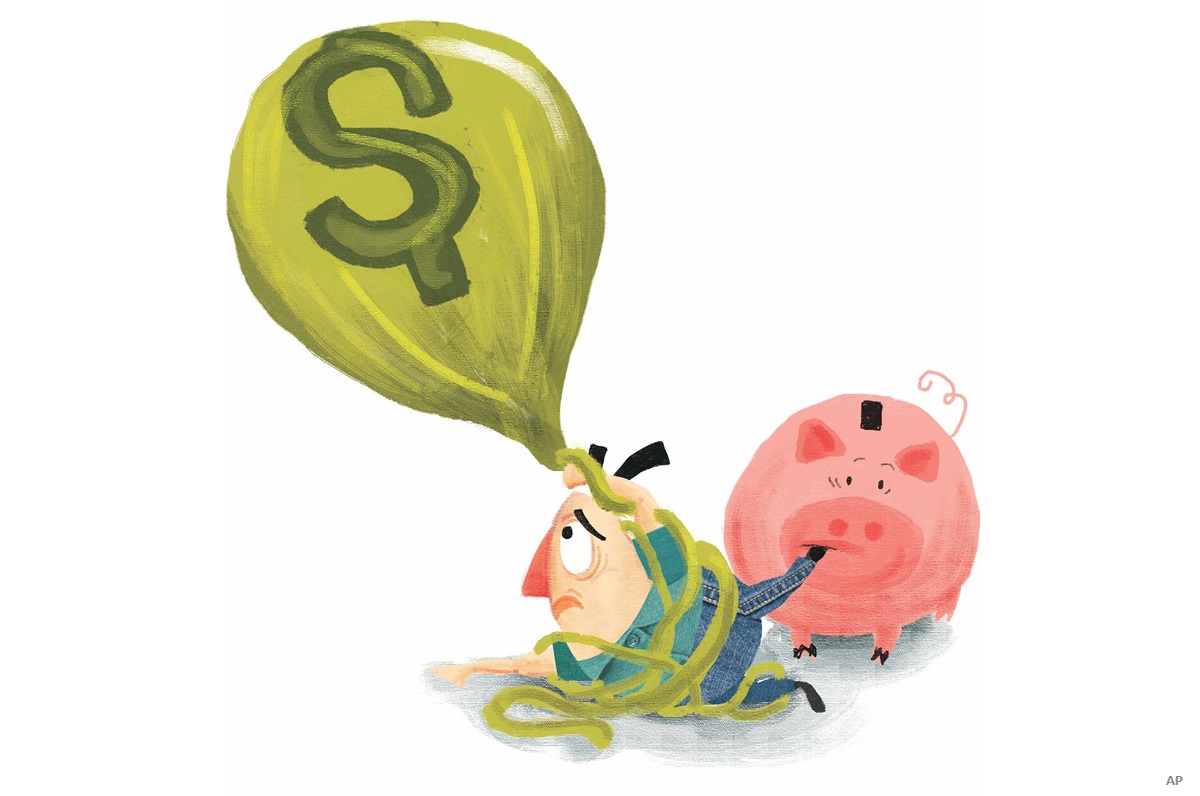
When it comes to income-seeking mandates, the silver-rated BMO Diversified Income Portfolio F differs from other strategies. “The mandate is not a typical balanced/income fund,” says Robert Armstrong, director, portfolio manager and investment strategist at BMO Global Asset Management in Toronto.
“There are numerous components to it. We run this fund by the multi-asset team of 28 individuals around the globe who use a top-down, macro approach to deliver what the client wants,” says Armstrong.
To strengthen the team, skills in technology are sought in additional to finance and business administration. “Technology,” says Armstrong, “is now demanding people to know how to manage, use and leverage data in building portfolios.” Half of the individuals on the management team have a strong background in technology to enhance performance.
Total return is more than yield
From an income perspective, the philosophy is to generate income but not just for income’s sake. “You don’t want to reach for yield and give up your total return,” says Armstrong.
“The product team has elected to have this fund at a set distribution every month, so our clients understand moving forward what their rates will be,” says Armstrong. The team tries to target an internal distribution of about 3.5% to 5% in real income to be paid out to clients in a fixed distribution monthly model.
As a global equity balanced mandate, equity weightings range between 40% to 60% based on market conditions. Currently, the fund is weighted 55% in equities and 43% in fixed income and that has been the case for some time. Canadian equities represent 19% of the fund and U.S. equities 17%.
The team has titled the portfolio to maximize the total return on a risk/reward basis. “We believe,” says Armstrong, “that equities are going to offer more opportunities from a total return and income point of view versus fixed income.
If there is a “hiccup in the market,” the fixed income component is ready to kick in to provide downside protection. The bond holdings span triple-A to triple-B quality. Currently, the duration of the bond component is eight years, offering further protection should the equity markets go off-kilter.
The research and investment process incorporates multiple disciplines and investment vehicles, including high-yield investments, mutual funds, and ETFs in the emerging markets space and in infrastructure for further diversification.
Diversified sector and regional risk metrics
The global asset team meets weekly and for the broader team of multi-managers, they get together every quarter. “So it’s boots on the ground,” says Armstrong, “in different regions and cultures that truly can add value and insights.”
Additional risk measures are used to avoid overlapping on certain investment characteristics that may not be appropriate. For example, Armstrong says they don’t want the Canadian equity manager doubling down on what the U.S. manager is doing. So the risk metrics make sure that the fund is diversified globally and across sectors and industries.
The Canadian equity sleeve of the mandate is based on fundamental stock picking, looking towards predominantly large-cap, dividend-oriented equities with a quality bias. The U.S. equity sleeve is managed by a different team that uses a quantitative model and the international sleeve uses different teams to maximize stock picks.
From a sector perspective, the current weighting of 25% in financials and 10% in energy has been consistent over time. “If you are going to be overweight financials,” says Armstrong, “you’d better like the Canadian banks, that’s where the overweight is.” The Royal Bank of Canada (RY), Toronto-Dominion Bank (TD) and Bank of Nova Scotia (BNS) are among the top 10 equity holdings in the overall portfolio of 350 holdings.
Regarding the financial weight, the team keeps on asking if they are comfortable with the Canadian financial sector overweight and the answer right now is yes. Armstrong says the Canadian economy is doing well, although Canadian consumer debt is far too high. Based on risk indicators, there will be a point in time when the financial component will have to be pared back to other areas in Canada, potentially to the industrial sector.
Cautiously optimistic on Canada, keen on U.S. equities
Among the 10% weighting in energy, approximately 85% of the energy names are invested in pipelines. “So the energy position,” says Armstrong, “is not really based fully on our views of the oil and gas sector. It is more on having a positive view on the strong fundamentals driving demand for global infrastructure investment, diversification benefits, and the potential for stable cash generation.”
From a macro perspective, U.S.-oriented equities are the favourite area right now. The view is that the potential for earnings growth is strong, the U.S. consumer continues to spend, and they are not as indebted as the Canadian consumer.
Looking ahead in 2020, there is no fear of a pending downturn in the market. “For us, thankfully,” says Armstrong, “we don’t see a recession on the horizon in the U.S. and in the major developed markets. All indicators out there - are still pointing to lower but continued expansion. So that’s why we can have our portfolios tilted a little bit more towards risk-oriented aspects. ”






















